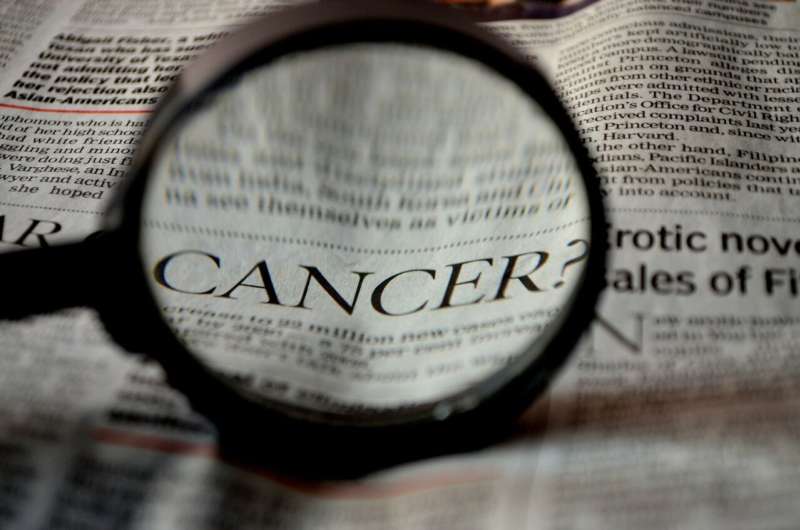Rising Rates of Anal Cancer Among Older White and Hispanic Women, New Study Finds

Anal cancer continues to show a concerning upward trend across the United States, with notable increases among older women, particularly those who are white or Hispanic. A recent study, to be presented at Digestive Disease Week (DDW) 2025, highlights that the highest growth rates are occurring in women aged 65 and older, a demographic that has traditionally been considered low risk for this disease.
Lead researcher Dr. Ashley Robinson, an internal medicine resident at Advocate Lutheran General Hospital, emphasized that "rates of anal cancer are rising fastest among white and Hispanic women over 65—groups not usually identified as high risk." The study suggests that the underlying reasons for this increase remain unclear, but it is important to note that most women in this age group received the human papillomavirus (HPV) vaccine after the age at which vaccination is most effective.
HPV is responsible for approximately 90% of anal cancer cases. The researchers examined data from the Surveillance, Epidemiology, and End Results (SEER) database between 2017 and 2021. Findings showed a 2.9% increase in anal cancer rates among women and a 1.6% increase among men during this period.
Specifically, women over 65 experienced a 4.3% rise, reaching an incidence of 11.4 cases per 100,000 individuals in 2021. If this trend continues, the incidence could double in less than 17 years. Hispanic women in the same age group also saw increases, with a rate of 7.5 cases per 100,000 in 2021 and an annual growth rate of 1.7%.
Experts stress the importance of promoting HPV vaccination and ensuring healthcare providers are aware of evolving screening guidelines. Although anal cancer accounts for only about 1% of gastrointestinal cancers, its strong link to chronic HPV infection makes prevention strategies vital. Currently, screening is recommended primarily for high-risk populations such as individuals with HIV or immunocompromised states, but these new findings suggest that older women may also benefit from targeted screening and prevention efforts.
While the disease remains relatively rare, increasing rates among older women underline the need for heightened awareness, appropriate screening, and vaccination programs to address this emerging trend.
Source: https://medicalxpress.com/news/2025-05-anal-cancer-older-white-hispanic.html
Stay Updated with Mia's Feed
Get the latest health & wellness insights delivered straight to your inbox.
Related Articles
Innovative Systems-Level Drug Design Promises More Effective Treatments for Aging and Chronic Diseases
New AI-driven research promises to revolutionize treatments for aging and chronic diseases by targeting multiple biological pathways simultaneously, offering hope for more effective therapies.
Innovative Once-Weekly Pill Shows Promise for Schizophrenia Treatment
A groundbreaking once-weekly oral medication for schizophrenia shows promising results in clinical trials, offering a new approach to improve treatment adherence and symptom management.
Expanding Diversity in Family Building Through IVF Advances
Recent IVF data from Australia and New Zealand highlight increased inclusivity and technological advancements, enabling diverse family structures through safer and more effective reproductive options.



